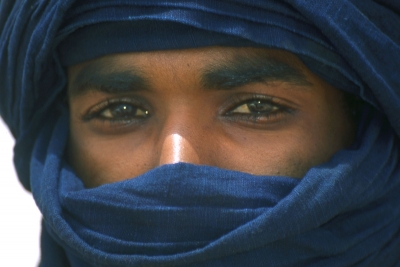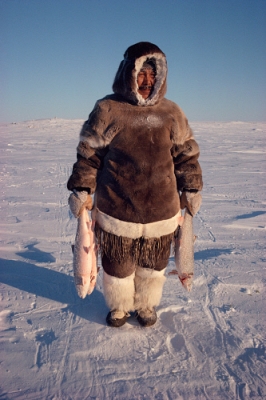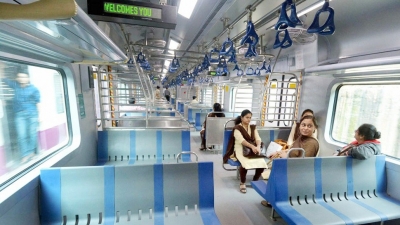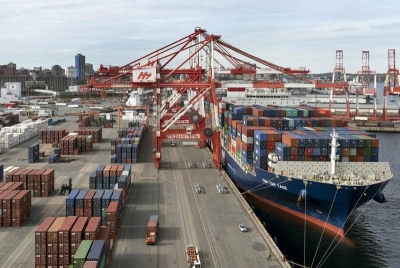
You are midway through your soccer game, and the sun is beating down on you. Sweat drips off your forehead. To keep cool, you are wearing a T-shirt and short.
In warm places, people wear clothes made of a lightweight material, such as cotton or linen, to stay cool. Many of the clothes in warm regions are white or light-coloured, because these colours reflect the sun’s rays. Darker colours absorb heat from the sun, so they make a person feel hotter.
A man rides a long-legged camel across the Sahara. The sun burns bright and hot. This man is a Tuareg. He rears animals in the desert. A light blue robe covers him from shoulders to ankles. The loose folds of the robe shield him from the hot sun. They also let air flow around his body, helping to keep him cool. He has a long cloth wrapped around his head. Part of the cloth can be pulled over his mouth and nose to keep out blowing sand. Just as your lightweight clothes keep you cool in the hot sun, this man’s clothes protect him from the weather.
Picture Credit : Google





